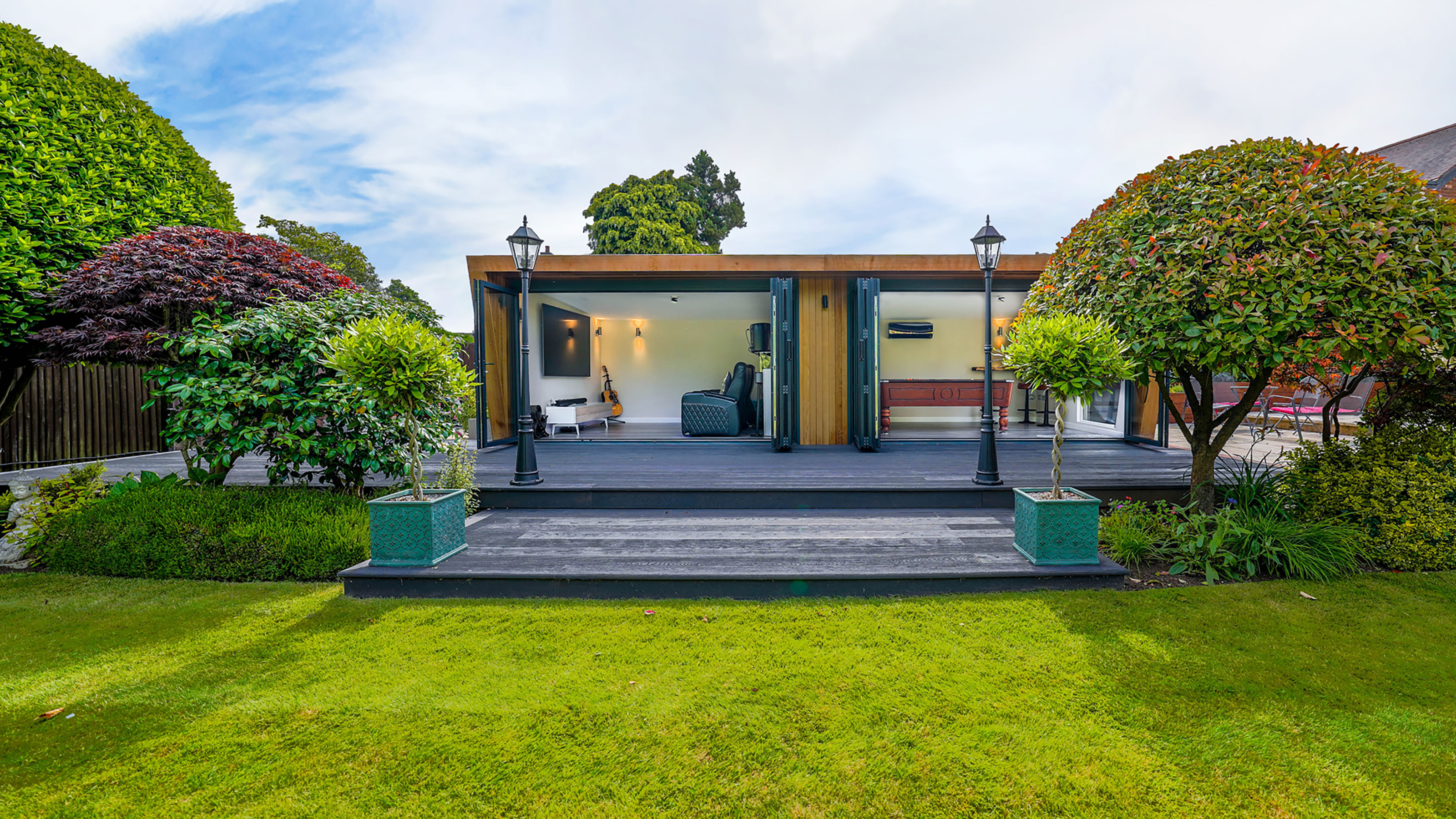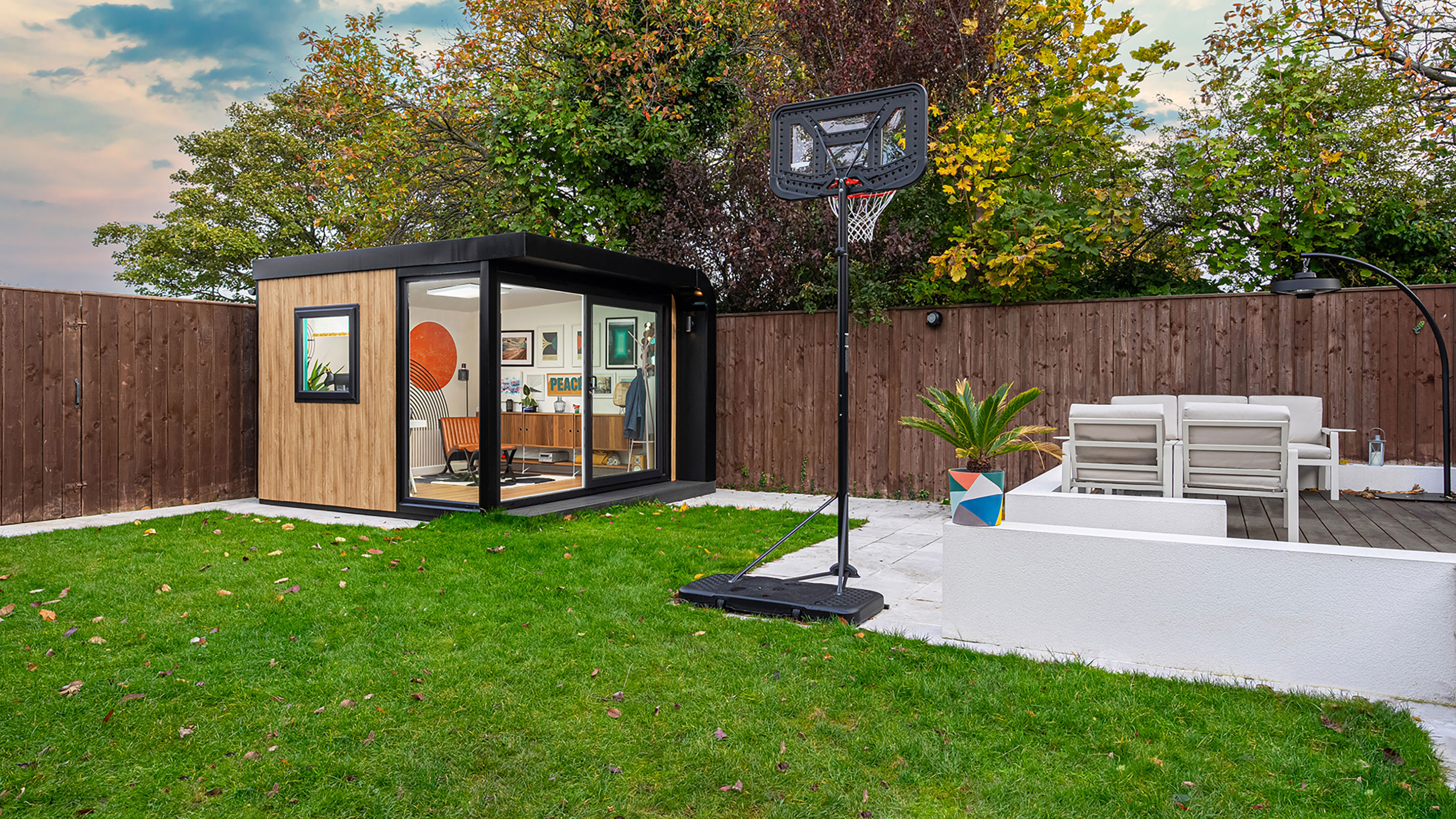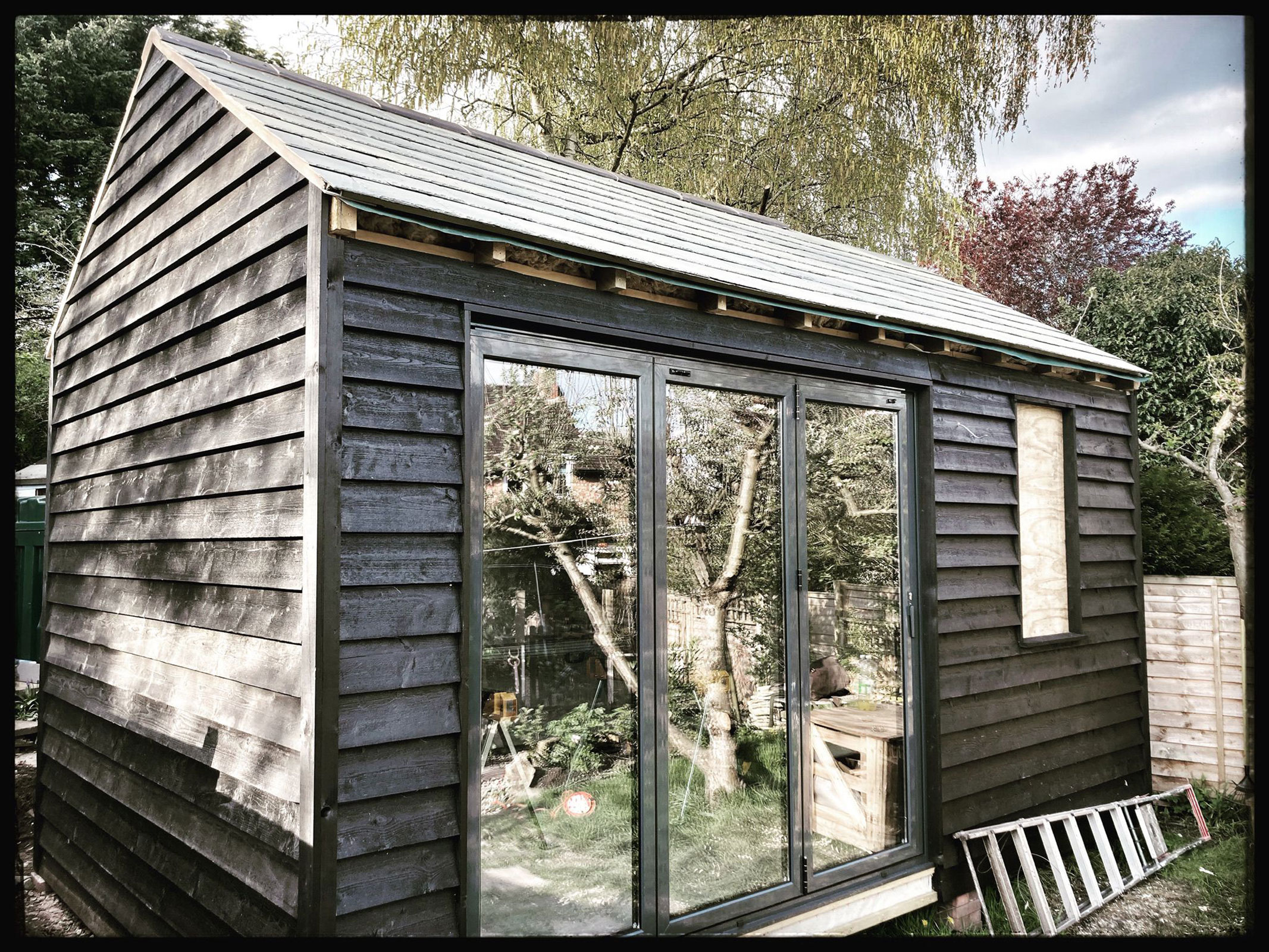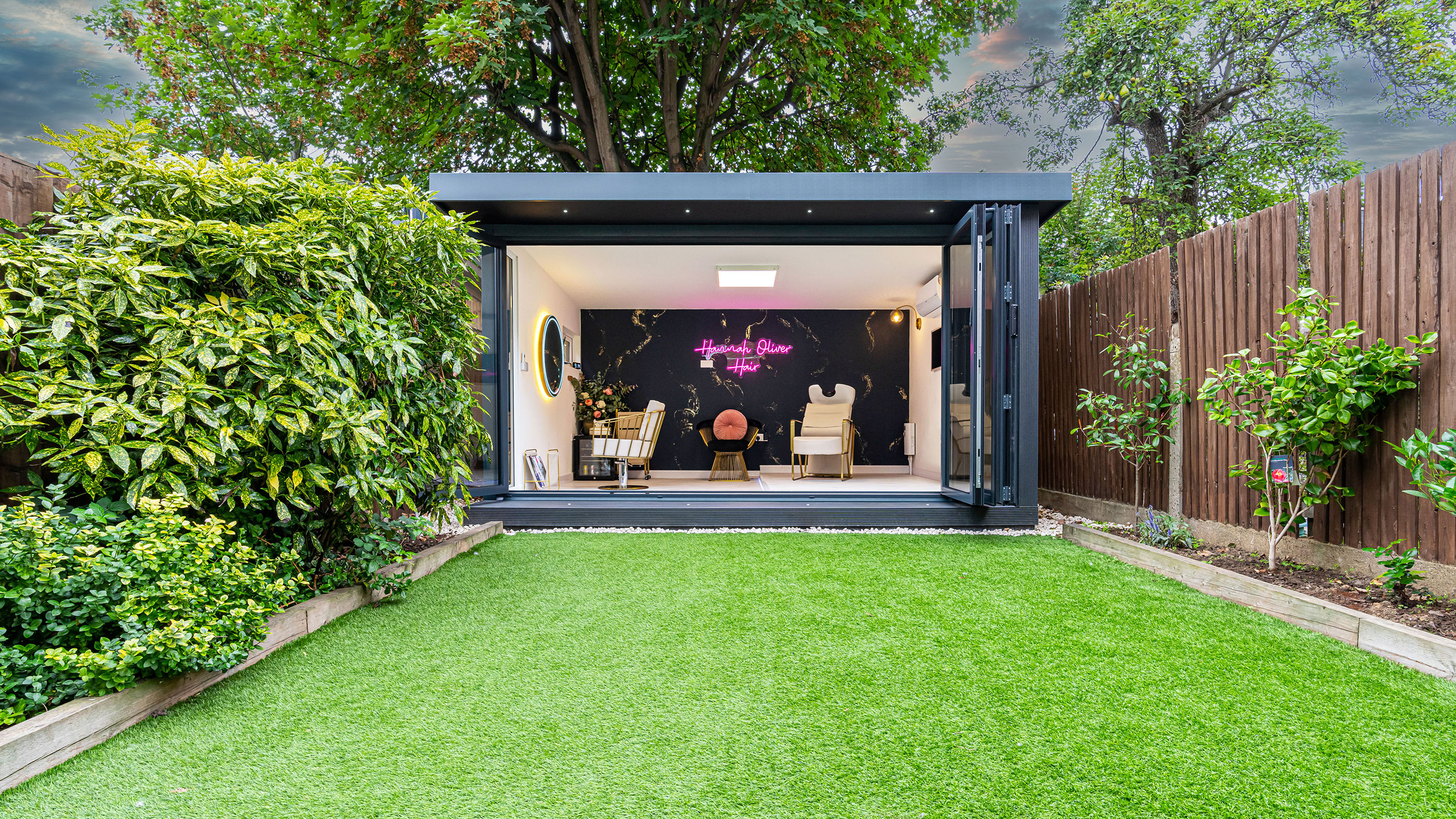Garden room planning permission: What are the rules?
Keen to create an outdoor retreat and got questions about garden room planning permission? We have all the answers to ensure your new garden structure won’t be breaking any laws

The world of garden room planning permission can seem a little confusing and you will no doubt be keen to ensure that all the research and hard work that you have put into bringing your garden room ideas to fruition are not delayed or hampered by planning rules you weren’t aware of.
In this guide, we look at when a garden room might require planning permission and where it is likely to be unnecessary —plus we explain what you will need to do should you discover you do need to apply for permission to build the garden room of your dreams.
Is garden room planning permission needed?
In the majority of cases, garden rooms will not require planning permission. However, as with everything planning-related, there are exceptions and in certain cases, you will need to apply in order to install or build one.
“Garden rooms generally do not require planning permission because they fall within your permitted development rights,” says Sarah Shah, sales and design manager for Green Retreats. “Garden rooms are classed as ‘outbuildings’ and as such can be built on your property without permission as long as you comply with permitted development guidelines.”

When does a garden room need planning permission?
Garden rooms do not always fall within permitted development so in some cases it might be necessary to apply for planning permission to construct a garden room. This might apply to you if:
- Your garden room will occupy more than 50% of the total area of land around the original house
- The structure will be two storey or be over 2.5m
- WIll have an overall height greater than 4m for a dual-pitched roof, or 3m for any other roof type
- Will be a room used for sleeping accommodation
- The garden room is being built in the grounds of a listed building
There are other instances where planning permission might be required for a garden building which is why it is crucial to check beforehand. Your local council or a professional planning consultant will be able to advise you.
"In some areas, such as conservation areas, National Parks, and areas of outstanding natural beauty, there may be additional restrictions on what is allowed under permitted development rights," explains professional planning consultant Simon Rix.
It is also worth considering applying for a Lawful Development Certificate for your garden room as this will prove that the work was permitted and may be useful should you decide to sell your property on.
Can I build a garden room in a Conservation Area?
As with other types of designated area, different planning rules often apply to those living within a Conservation Area, meaning you may well need to apply for permission to construct a garden room.
“Permitted development may not be allowed in certain areas classed as designated land, such as national parks, the Broads, Areas of Outstanding Natural Beauty and World Heritage Sites,” says Sarah Shah. “In these locations, the total area to be covered by garden rooms more than 20 metres from any walls of the house must not exceed 10 square metres to fall within permitted development. On designated land garden rooms to the side of the house are also not permitted development.”

Do I need planning permission to use my garden room as an extra bedroom?
When creating a garden room or outbuilding you will no doubt have thought about what you will use it for, but did you realise that this could affect whether or not you will require planning permission? In order to meet the requirements of permitted development, a garden room must not be used as sleeping accommodation.
“It is important to know that, officially, any building must not itself be separate self-contained living accommodation as this will not fall within permitted development,” advises Sarah Shah.
“An outbuilding must serve the main house and not be independent from it, meaning you can’t use it as self-contained accommodation, or as a bedroom, bathroom or kitchen," explains Pete Tonks. "Without planning permission, a garden room could not be an annexe to house an elderly relative or teenager, and using it as a holiday let is certainly out of the question.”
Finally, if you plan on using your garden room to run your business from you will also be required to apply for planning permission.
“If you are planning on using your building for commercial use this will always require planning permission,” confirms Sarah Shah.

How do I apply for planning permission for a garden room?
If you have discovered that you do need planning permission for your garden room then don’t panic.
You will need to fill out a planning application form, along with providing your local council with the following documents:
- Drawings and plans of the garden room
- A site location plan
- A concise description of the proposed garden room
If you are building the garden room within the grounds of a listed building, you will also need to present them with a heritage impact statement.
You will be required to pay a fee to submit a planning application.
If you are using a designer or specialist garden building company, they will often offer to submit for planning on your behalf.
Get the Homebuilding & Renovating Newsletter
Bring your dream home to life with expert advice, how to guides and design inspiration. Sign up for our newsletter and get two free tickets to a Homebuilding & Renovating Show near you.
Natasha was Homebuilding & Renovating’s Associate Content Editor and was a member of the Homebuilding team for over two decades. In her role on Homebuilding & Renovating she imparted her knowledge on a wide range of renovation topics, from window condensation to renovating bathrooms, to removing walls and adding an extension. She continues to write for Homebuilding on these topics, and more. An experienced journalist and renovation expert, she also writes for a number of other homes titles, including Homes & Gardens and Ideal Homes. Over the years Natasha has renovated and carried out a side extension to a Victorian terrace. She is currently living in the rural Edwardian cottage she renovated and extended on a largely DIY basis, living on site for the duration of the project.

